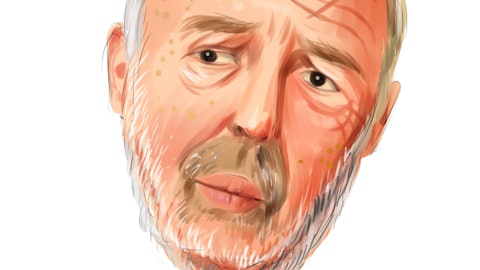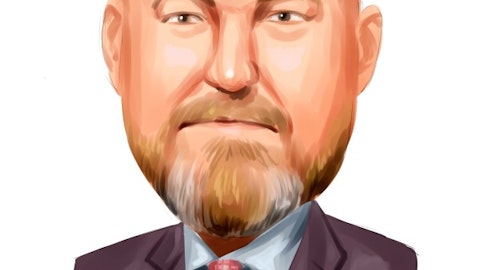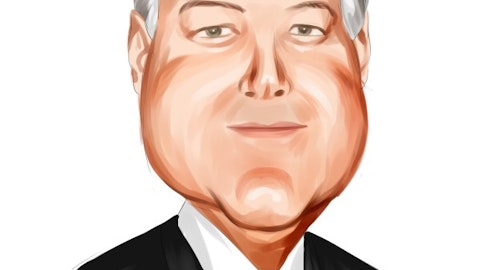And so in doing so, some of the policies that we implemented recently have narrowed the pipeline of students that we are contemplating for the program. And I would say one of the bigger things that has changed that enrollment trajectory really was the reorganization and operational improvement that we made in the fourth quarter of ’22. We have assigned people their new responsibilities that had a disproportionate effect on 1Q ’23 enrollment results. And that, coupled with the fact that we had some unexpected leadership departures at the enrollments and senior leadership levels has made 1Q ’23, not the quarter we had hoped or expected. We do believe we have line of sight to the initiatives and the activities that are necessary to get Rasmussen back to enrollment levels that you saw in the supplement last year.
And we have confidence that we have many of the team members in place, including the great news of having rejoin us as Chief Operations Officer, one of our key enrollment leaders who departed in the fourth quarter and then returned in February. So we are on a path to implementing the initiatives that we’ve outlined to return to the enrollment levels that we had seen in 2022, and we believe that we have the necessary actions in place to return to those levels and more.
Raj Sharma : I mean, would you characterize the decline — would you characterize this new pro forma EBITDA number to be — to have been completely offset by these enrollment declines, the gains that you were expecting this year from your initiatives, have they been offset or only partially offset and that you have a line of sight into second half that helps you perhaps to regain some of it.
Angela Selden : Well, a good question, Raj. I mentioned to you that we’re really pleased with the both the enrollment momentum and the margin expansion at APUS at Hondros and at Graduate School. So in each of those cases, those cost initiatives that we undertook at the end of last year have taken hold and are really bearing fruit. As you can imagine, with a campus-based high fixed cost model that Rasmussen has for more than half of its revenue, there’s an enrollment level that we need to achieve after which you can see margin expansion occur. And so we need to return to those enrollment levels. It’s not a — it’s not out of reach for us to be able to get to those enrollment levels and more, and it’s a modest decline in enrollment for a significant negative impact in the EBITDA performance.
But like I said, we have the people in place and the initiatives in place, we’re going to fill a couple of additional leadership, open leadership slots, but I have confidence that the team will be actively implementing the initiatives to return to those enrollment levels within reach.
Raj Sharma : And then could you talk a little bit about — give more color on the integration of Rasmussen. Would you characterize the integration of Rasmussen has been significantly worse than expected? The reason behind the departures, I mean how many departures is there. Could you give some more color on that, please?
Angela Selden : Sure. I don’t see this as a post-merger integration issue. I see it as a very seasoned leadership team with the folks leaving, having dozens of years of experience at Rasmussen. And I think you couple that loss of legacy knowledge and history with the fact that those departures occurred at a time when we simplified the organizational structure to a campus-based operating model and an online-based operating model. And that change for the folks inside of Rasmussen had to be managed without the senior leadership in place, in some cases, to be able to help them get to the new organizational structure and the new operating model. So those two things happened simultaneously, but in an unexpected manner. I believe that refreshment will make the university stronger and that we are allowing very seasoned next-level folks elevate into operating roles.





